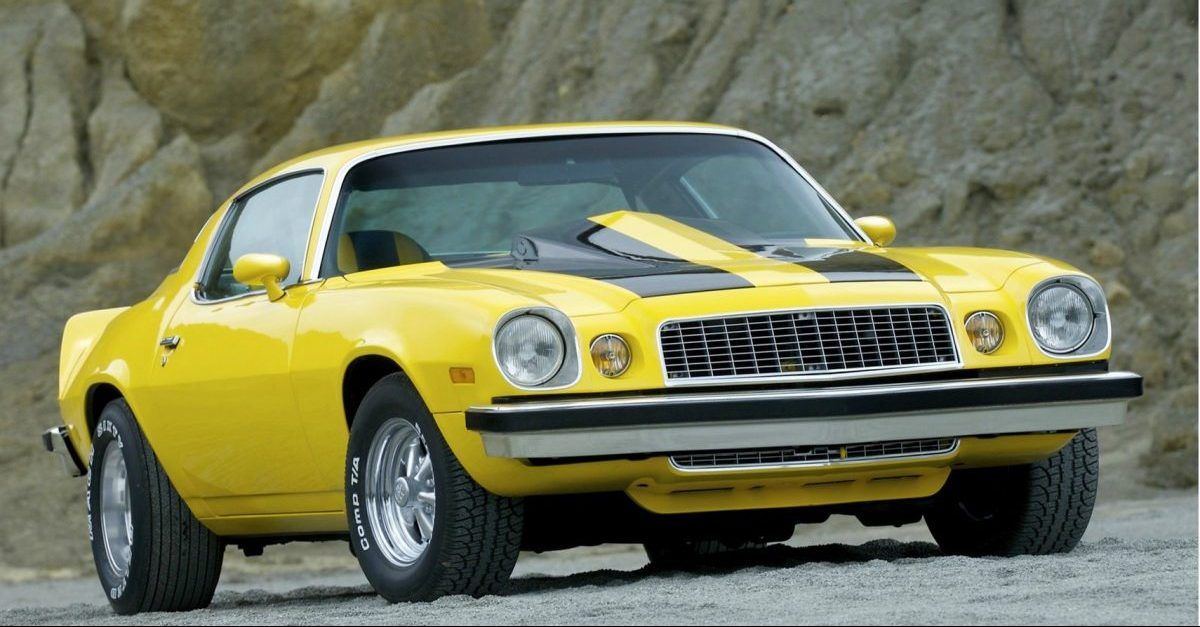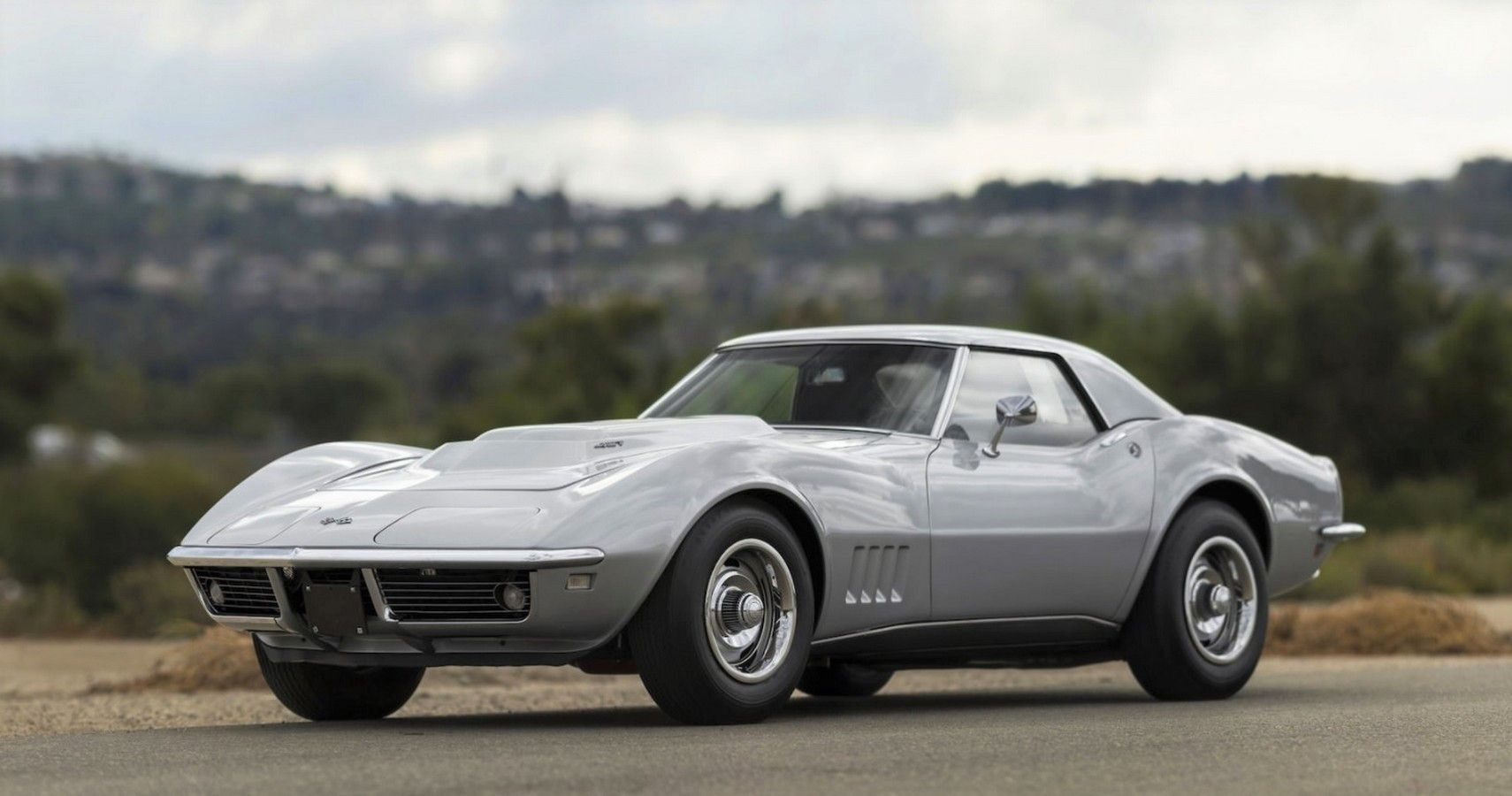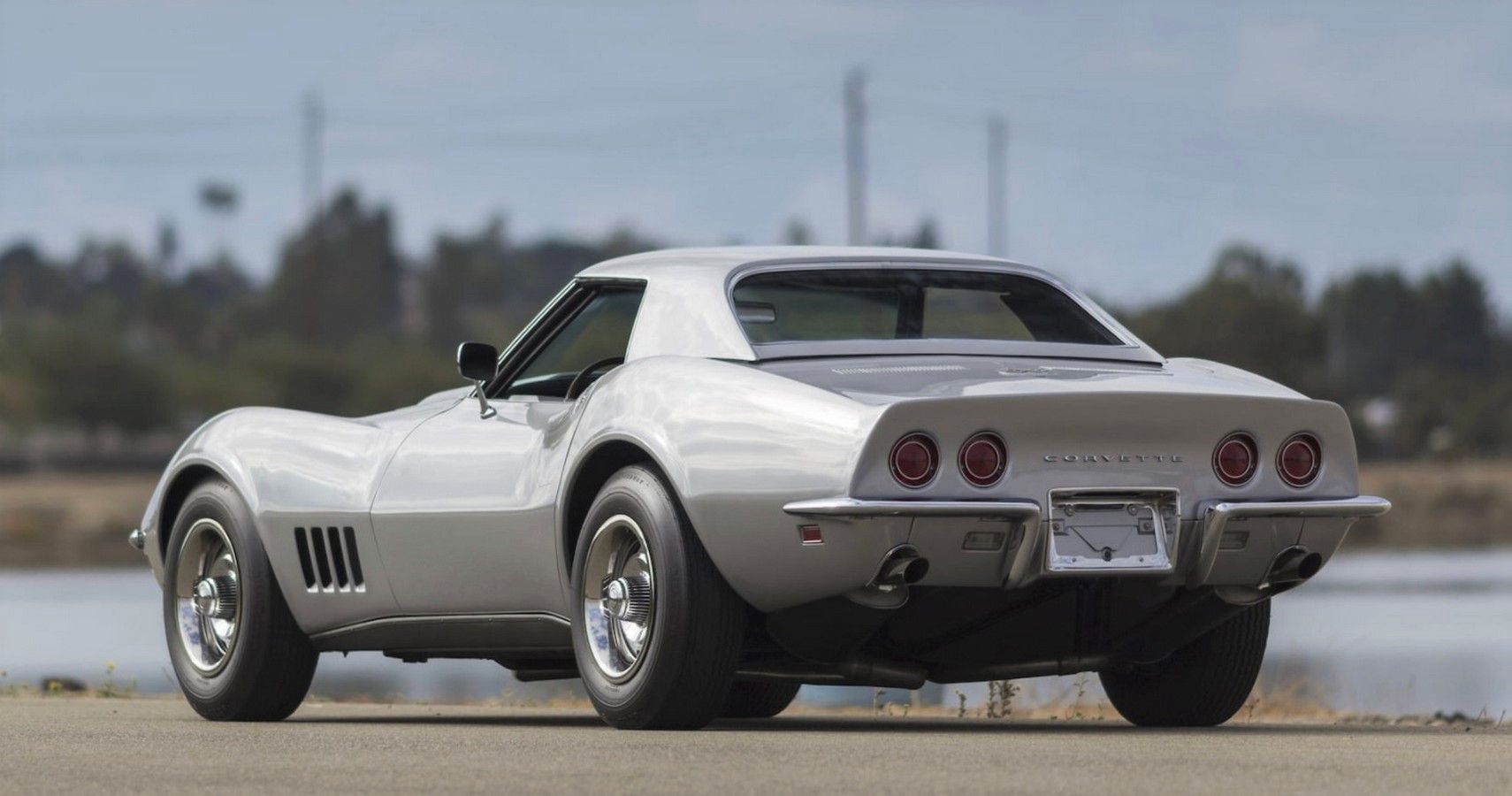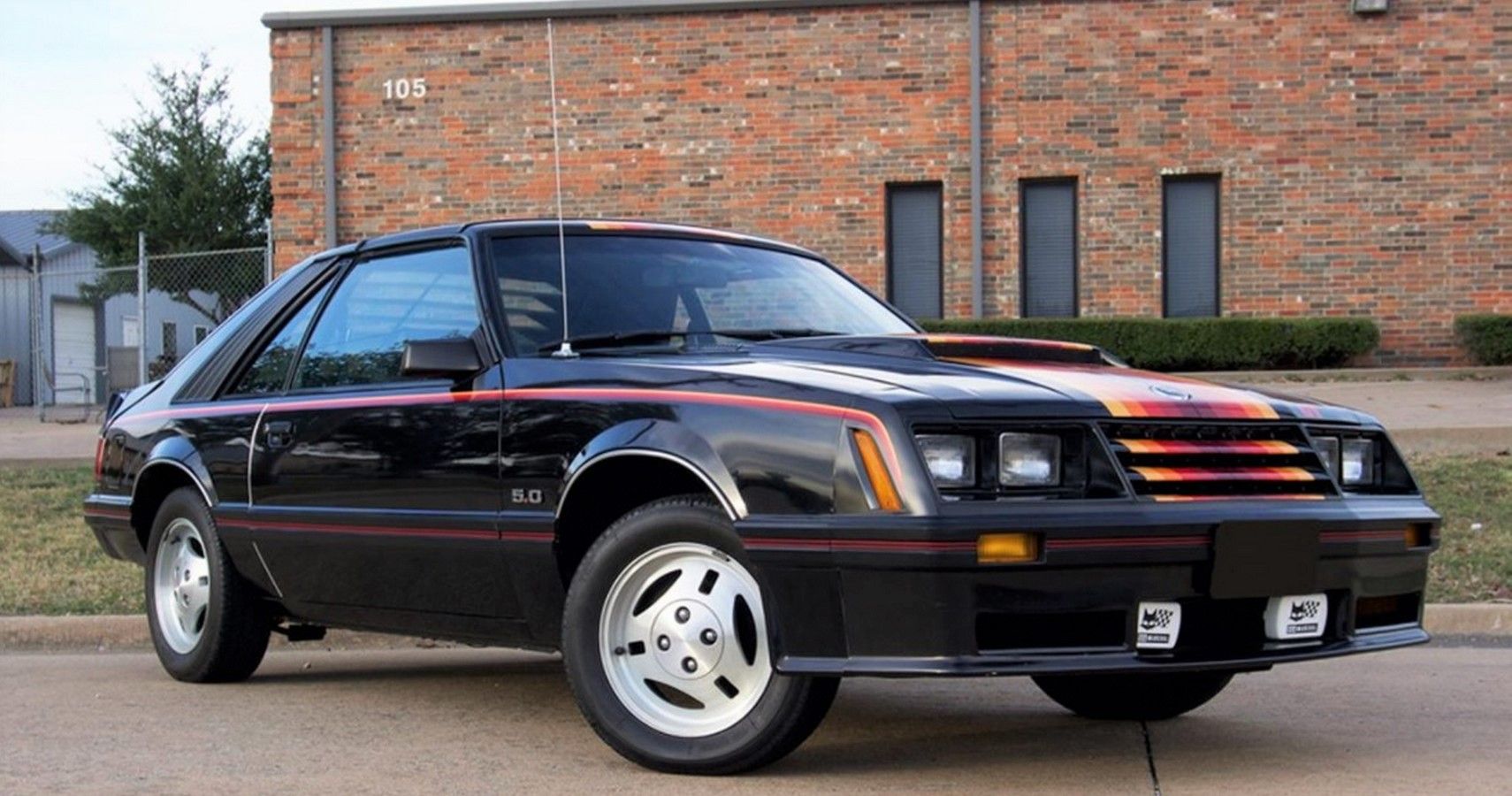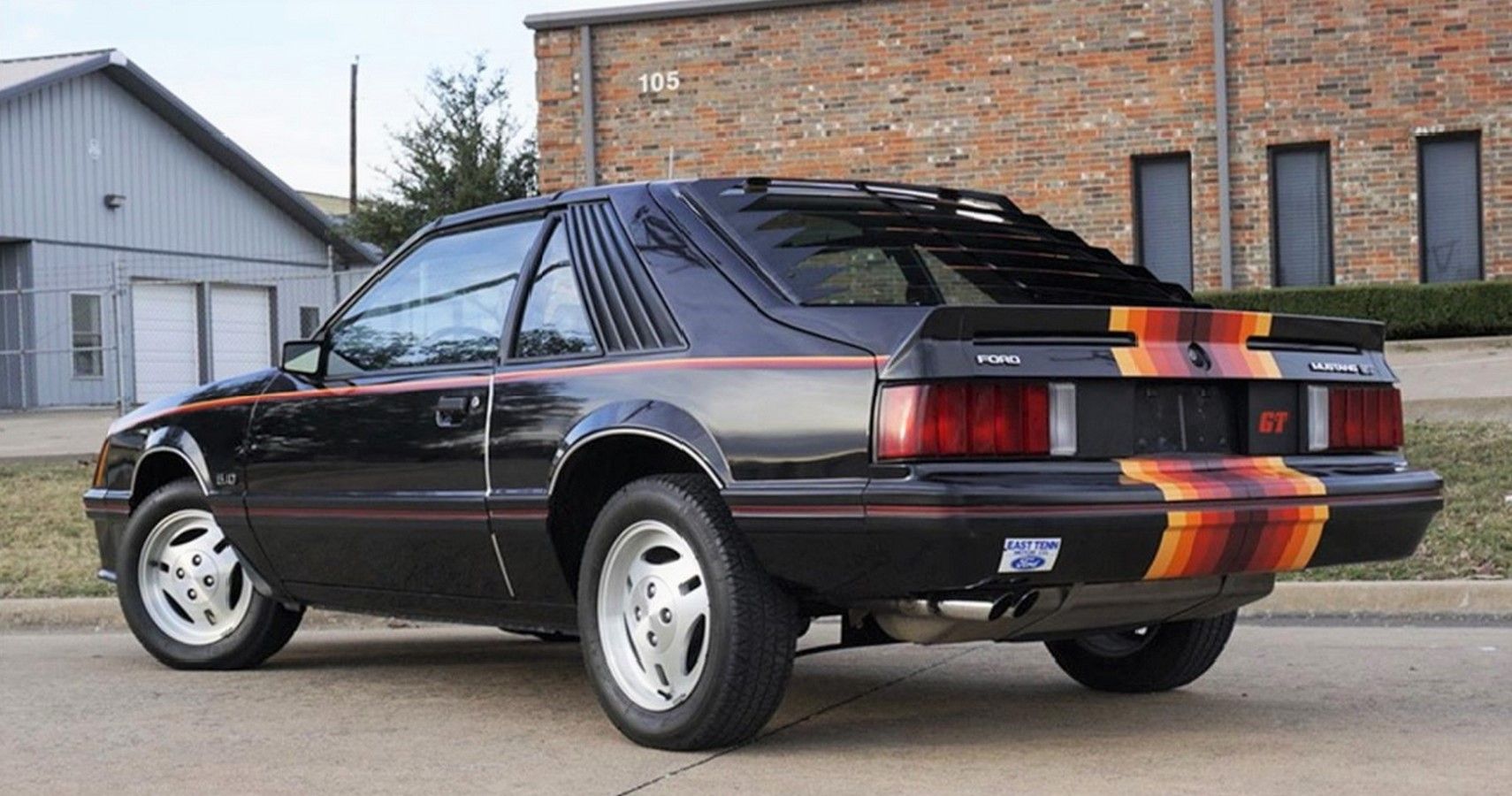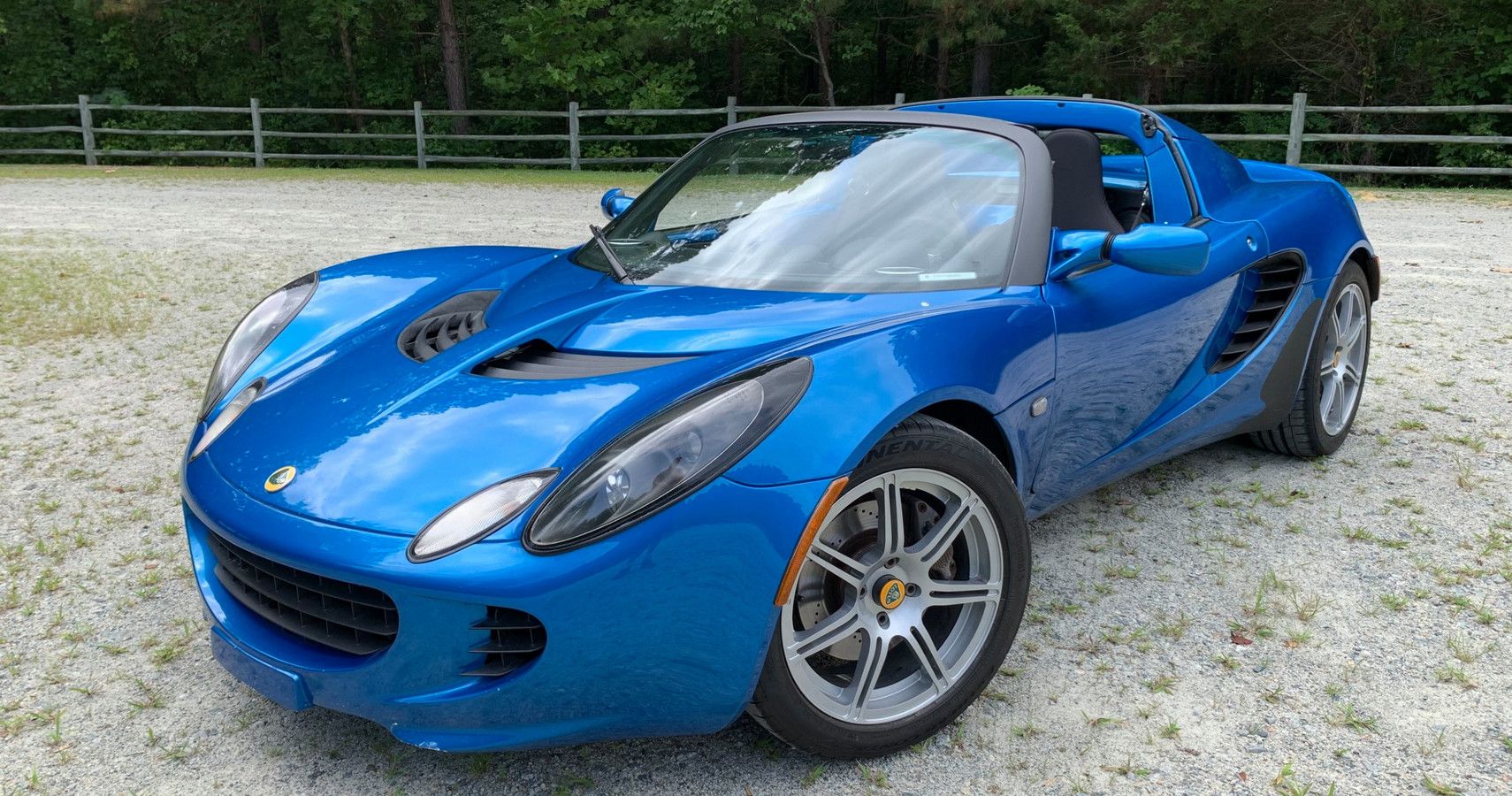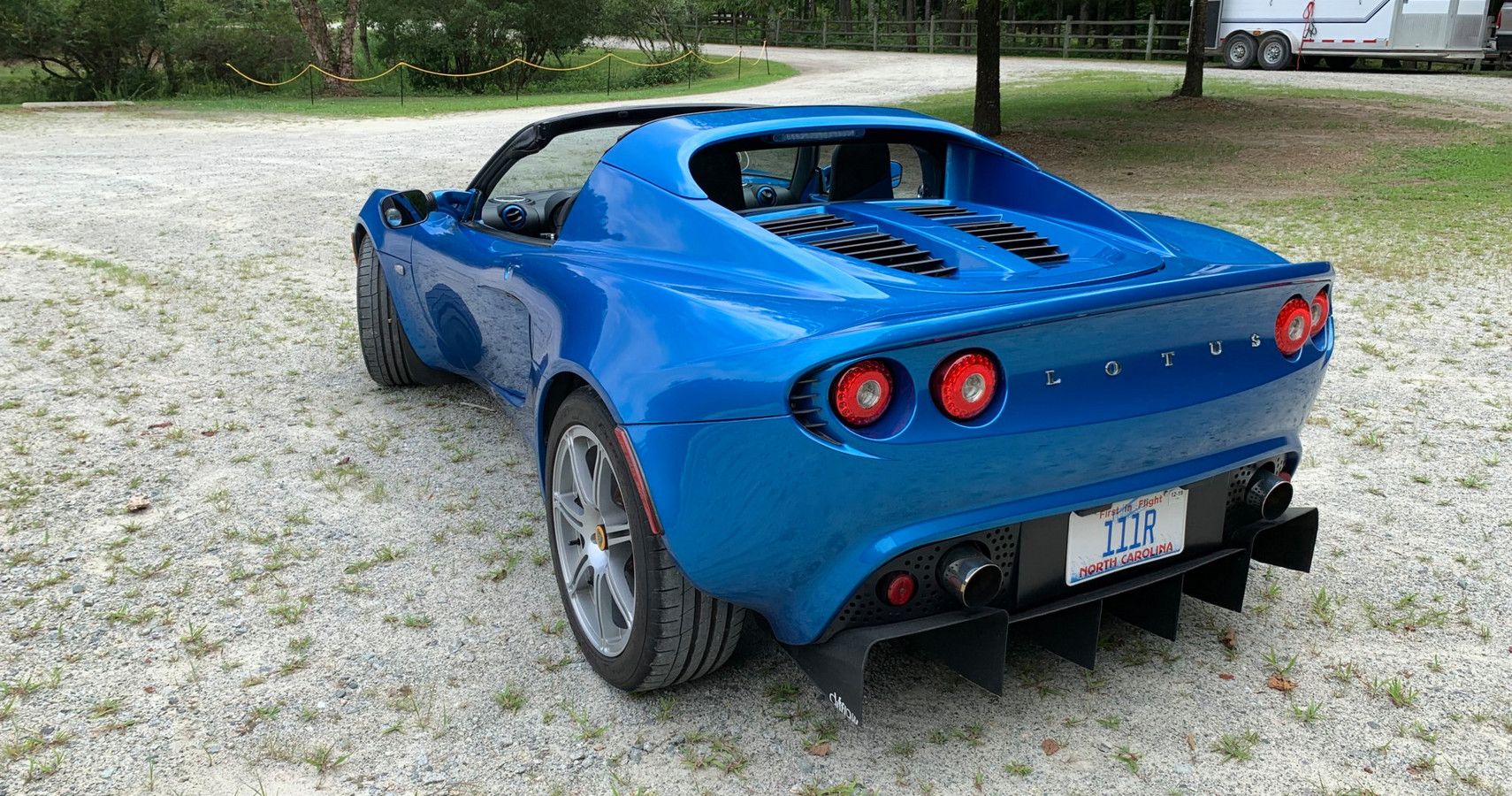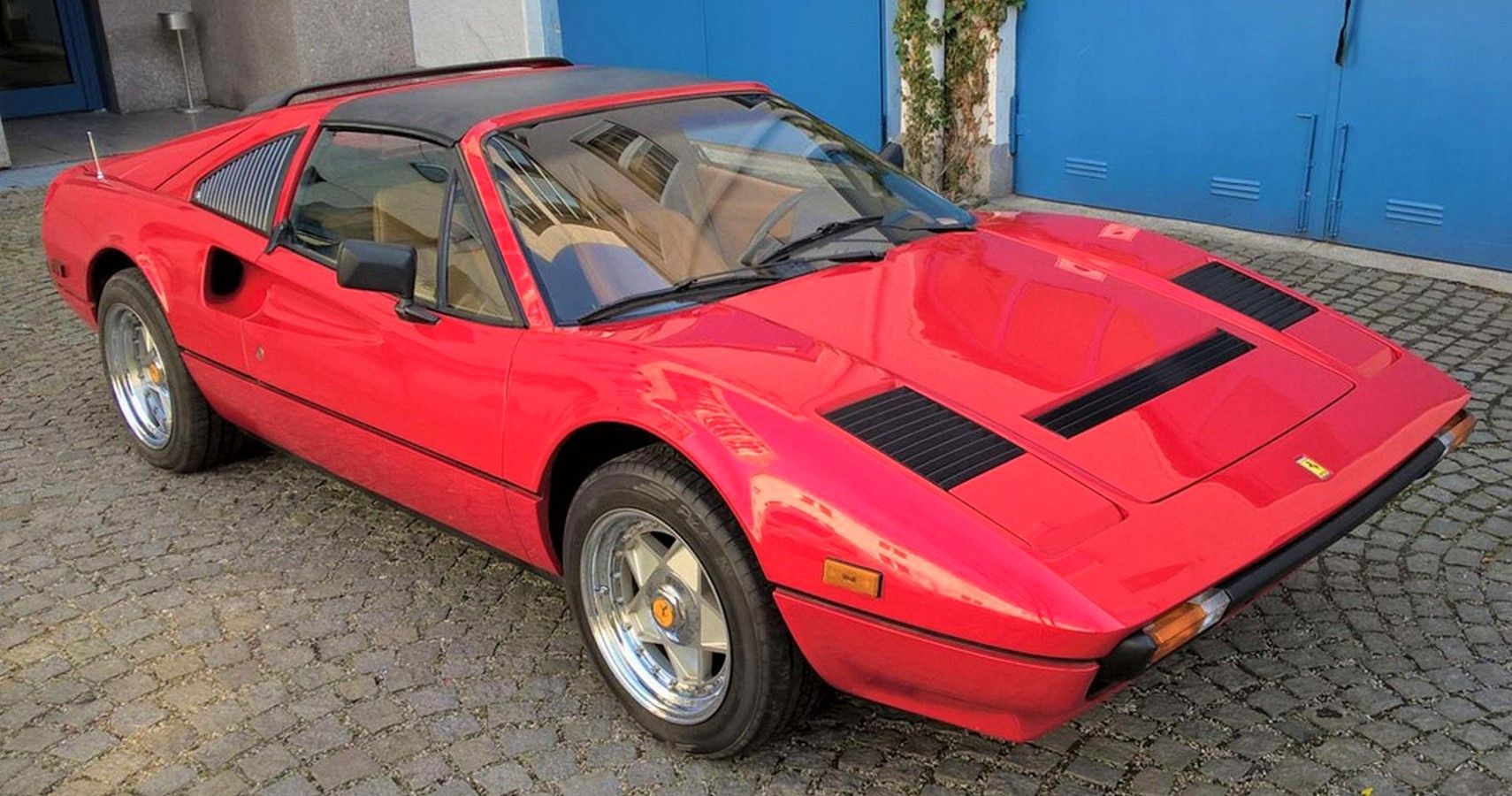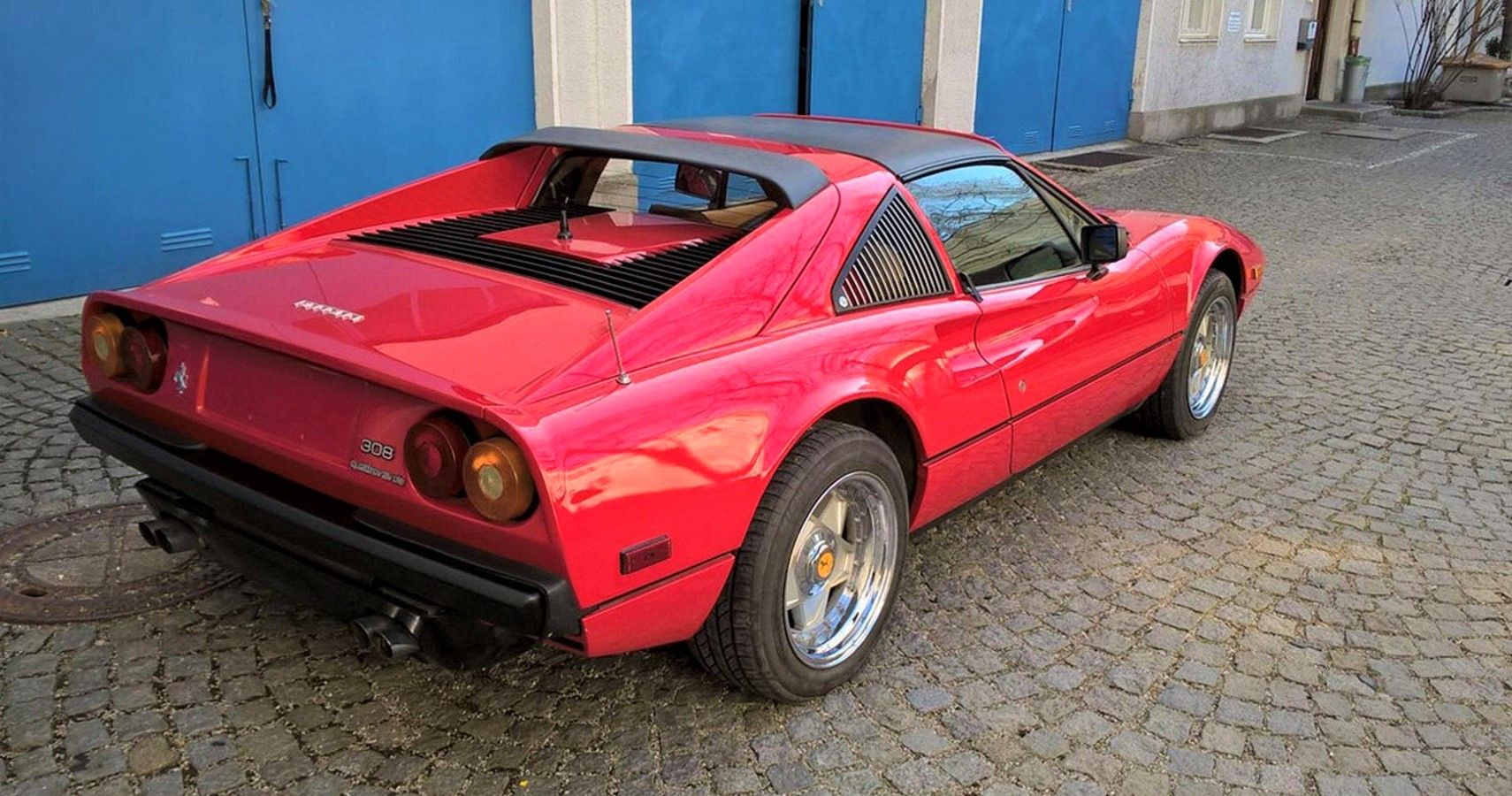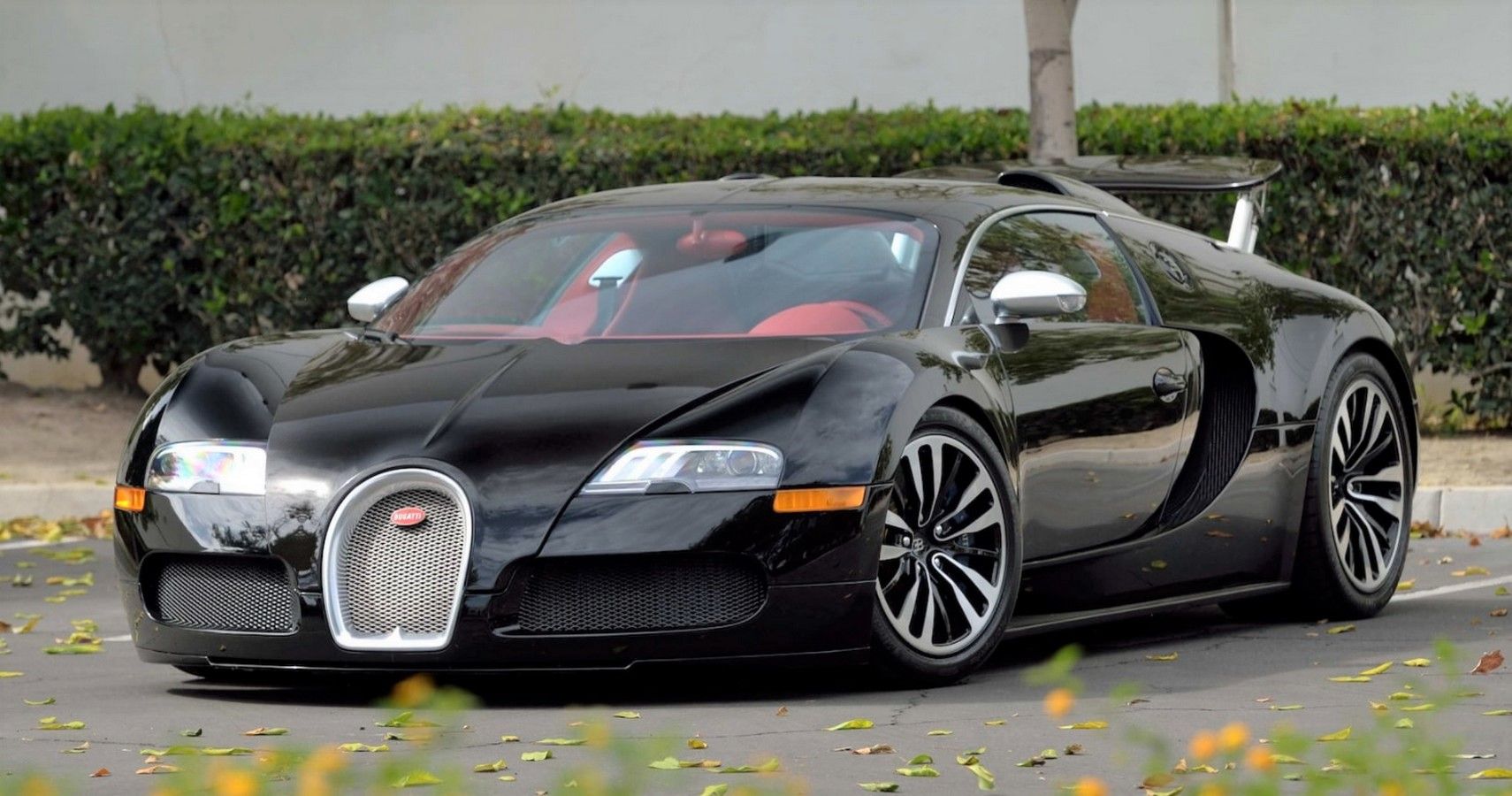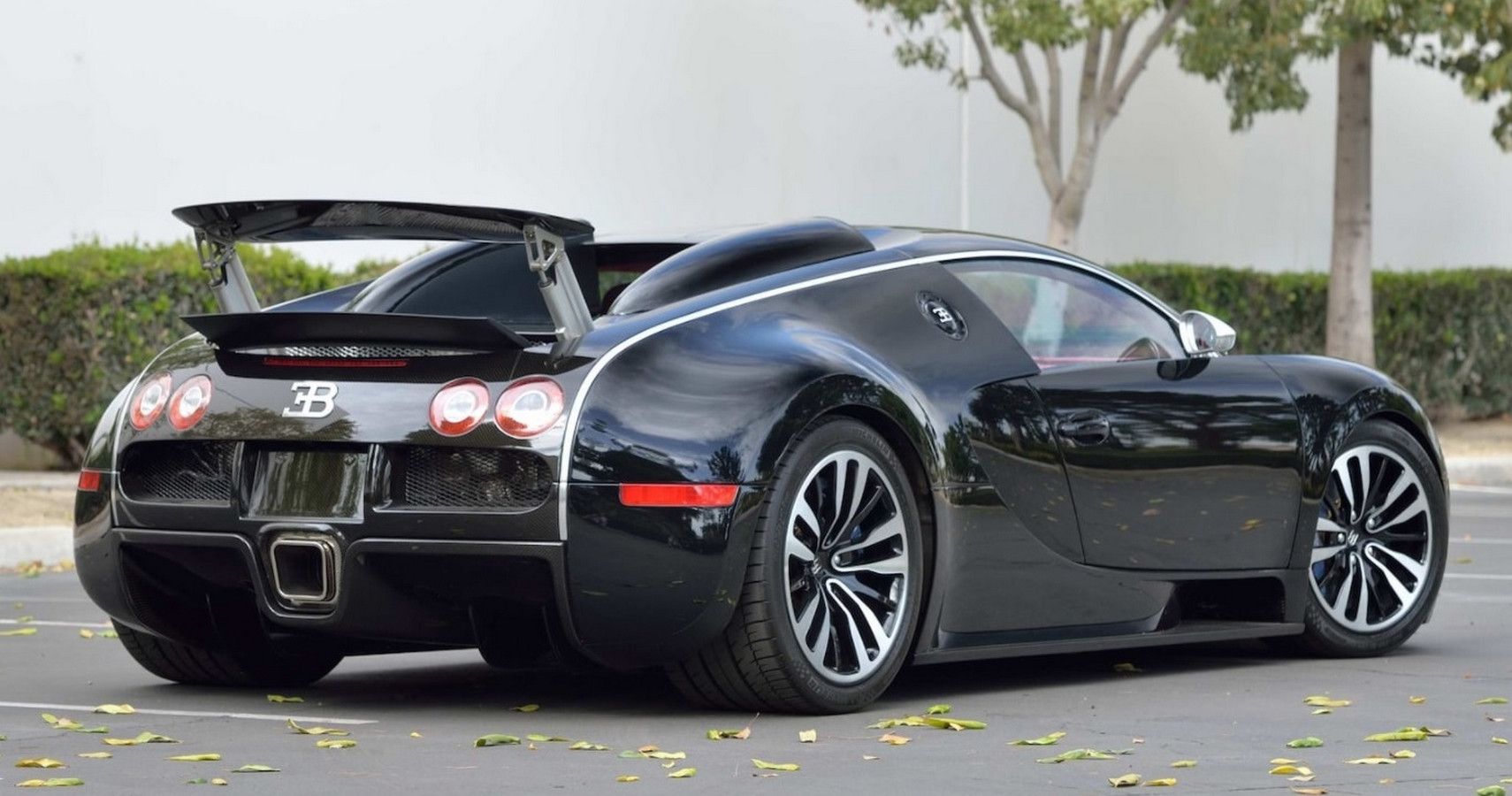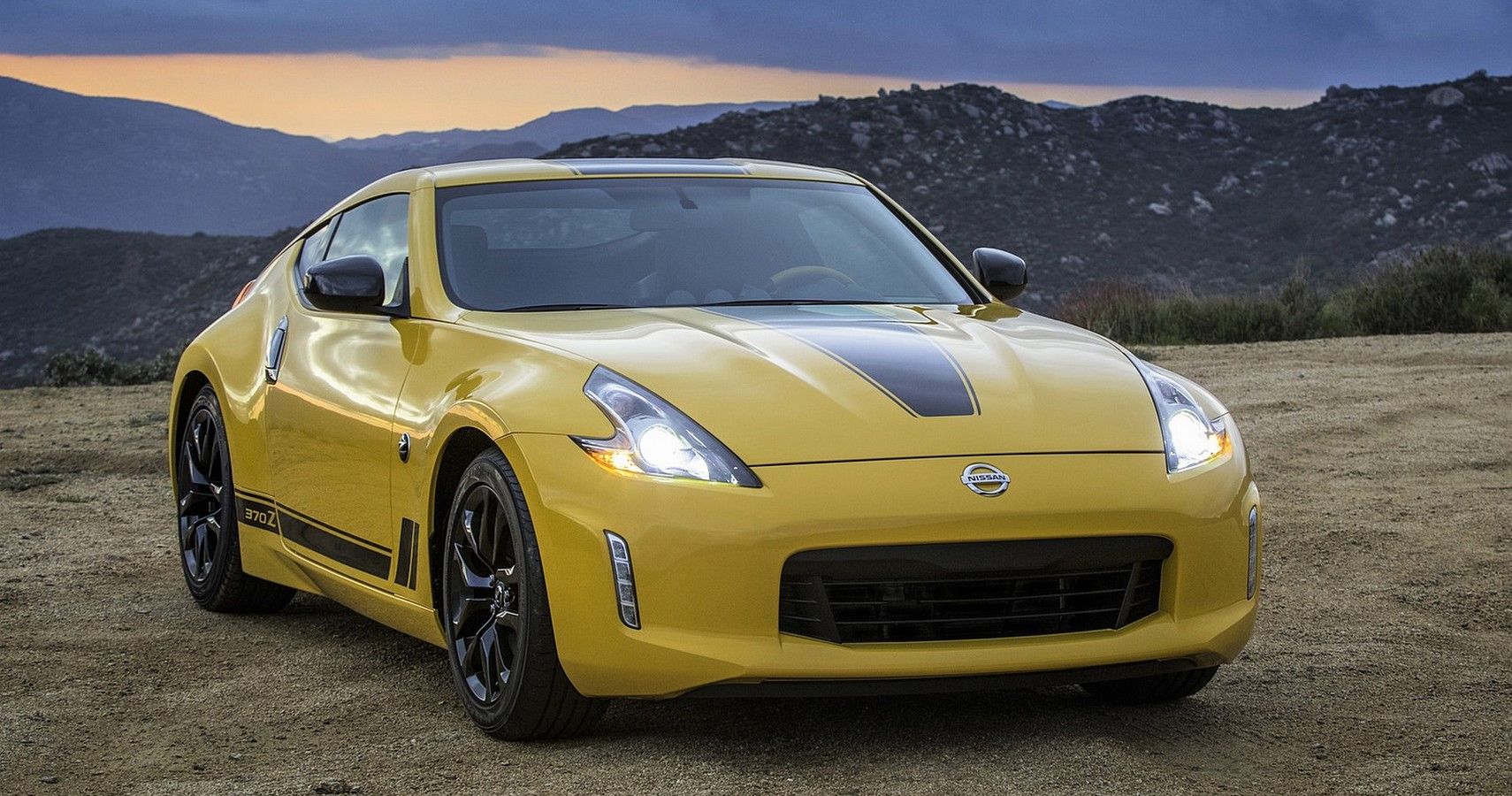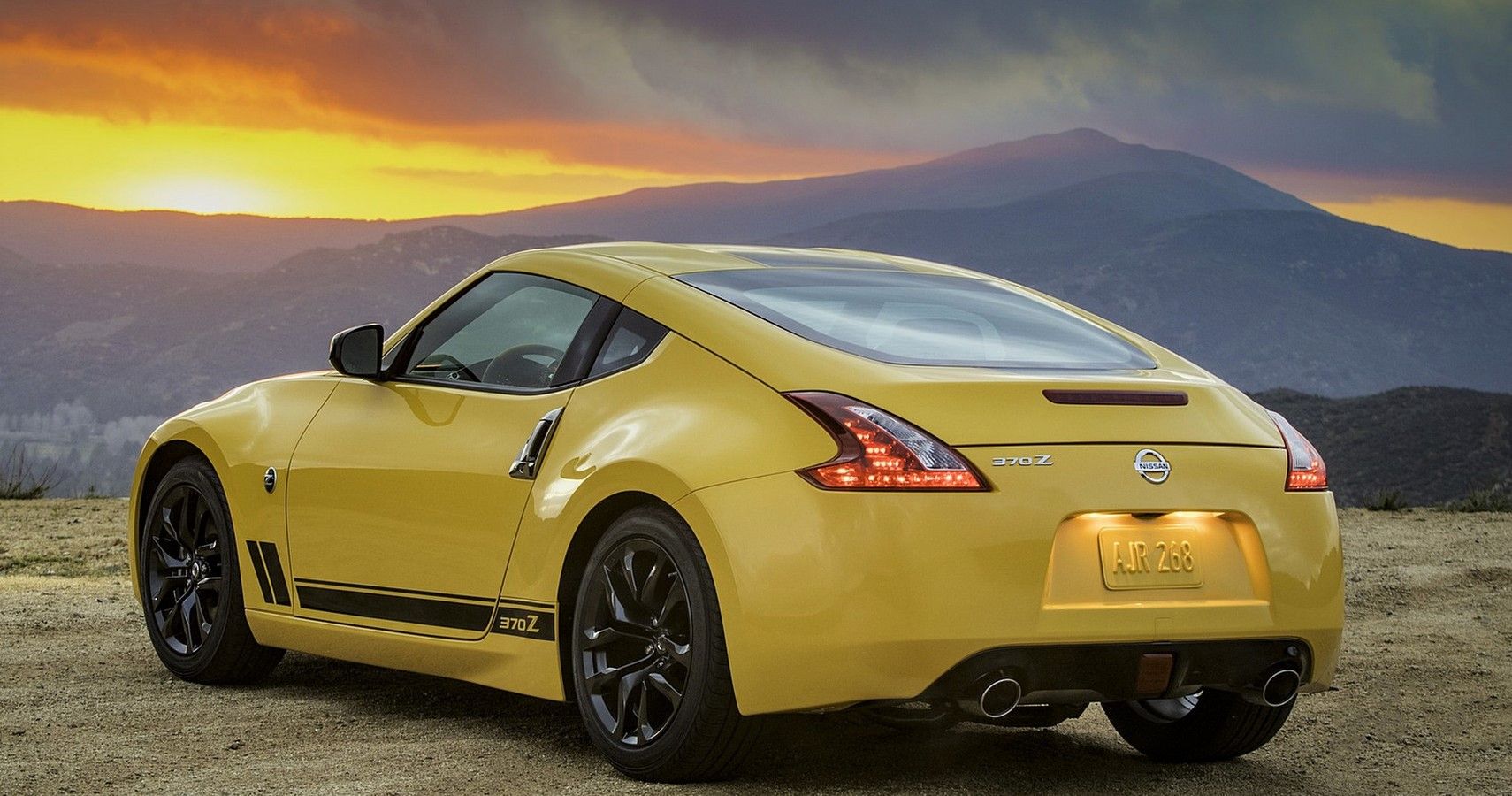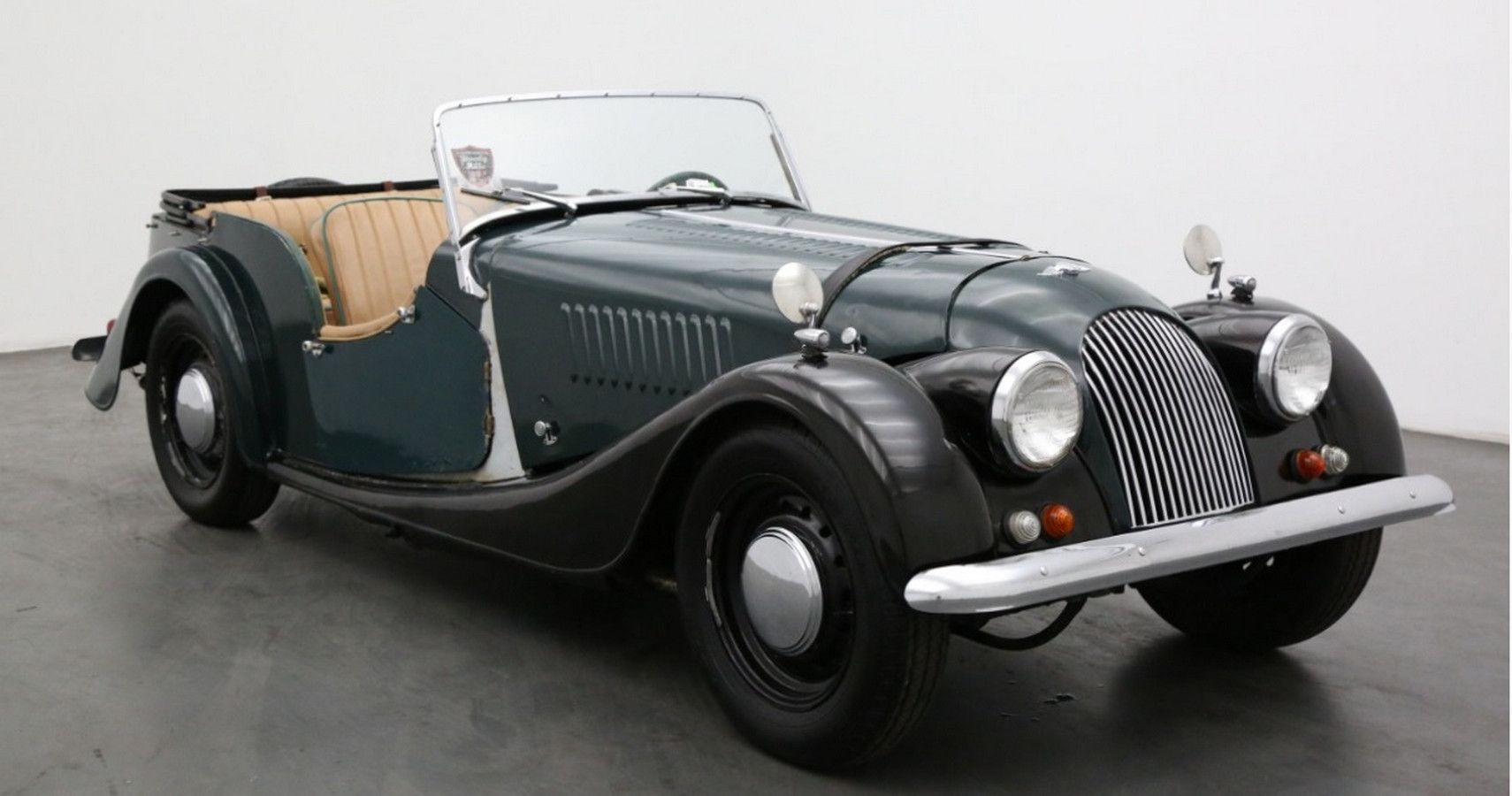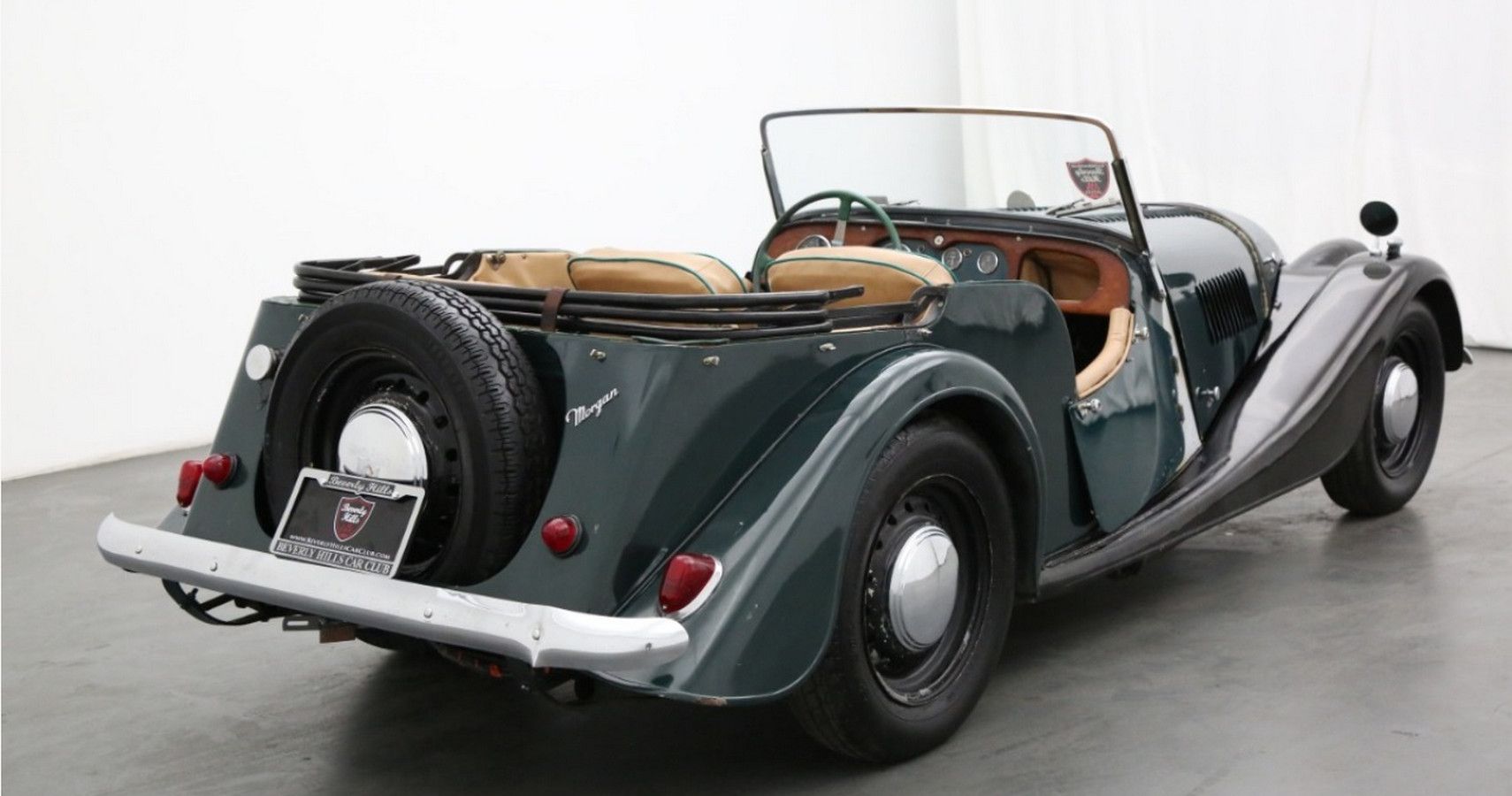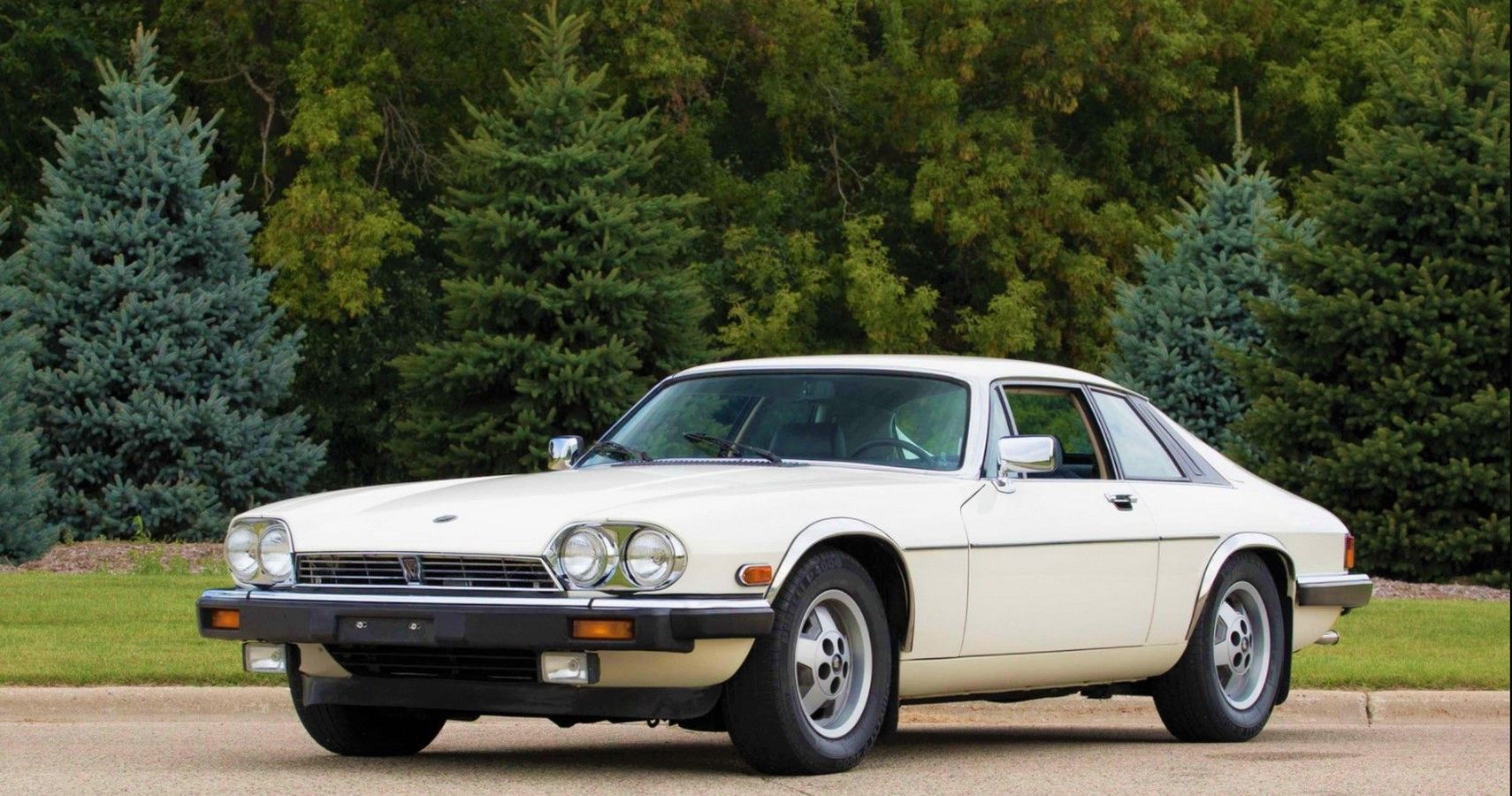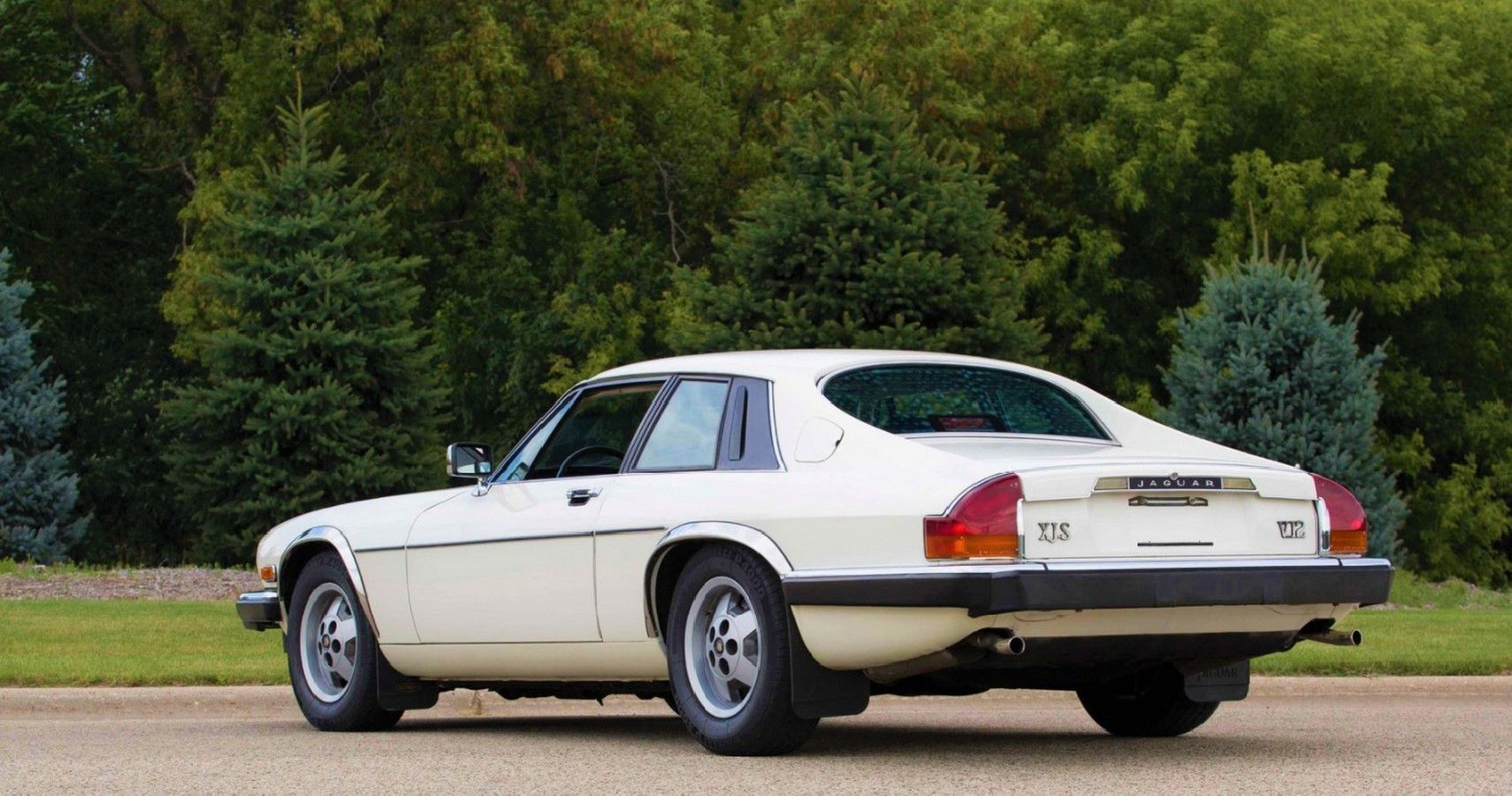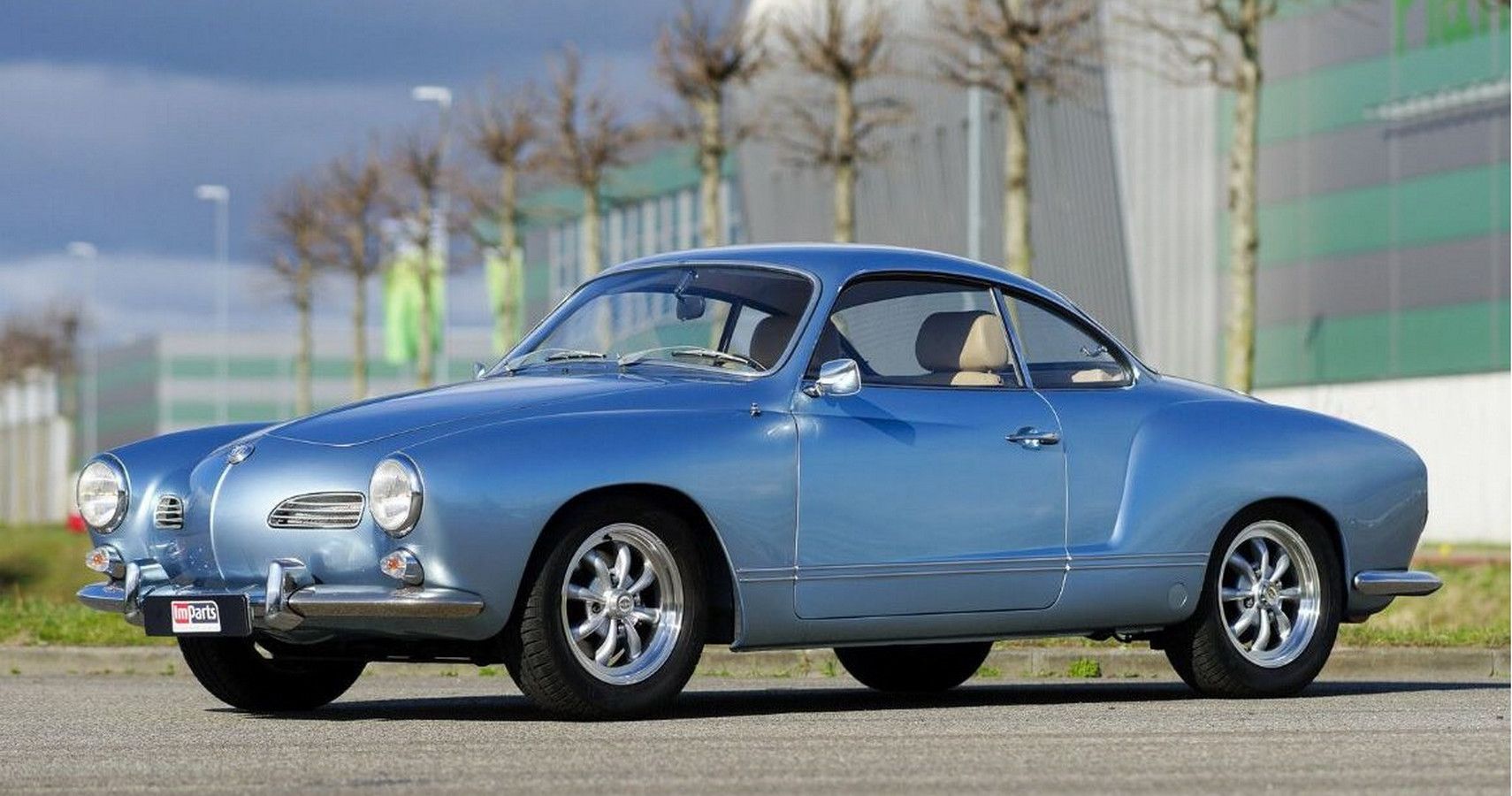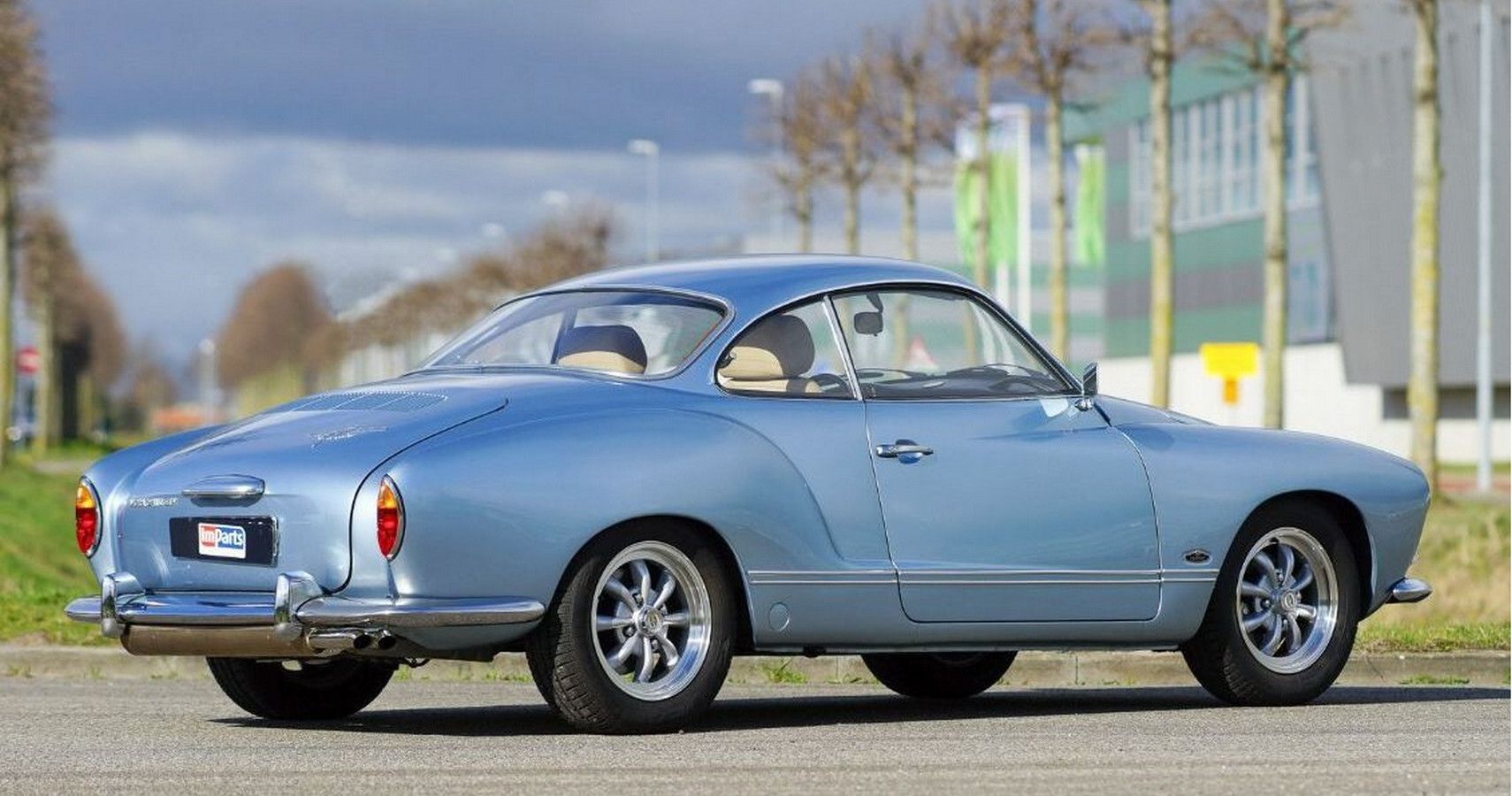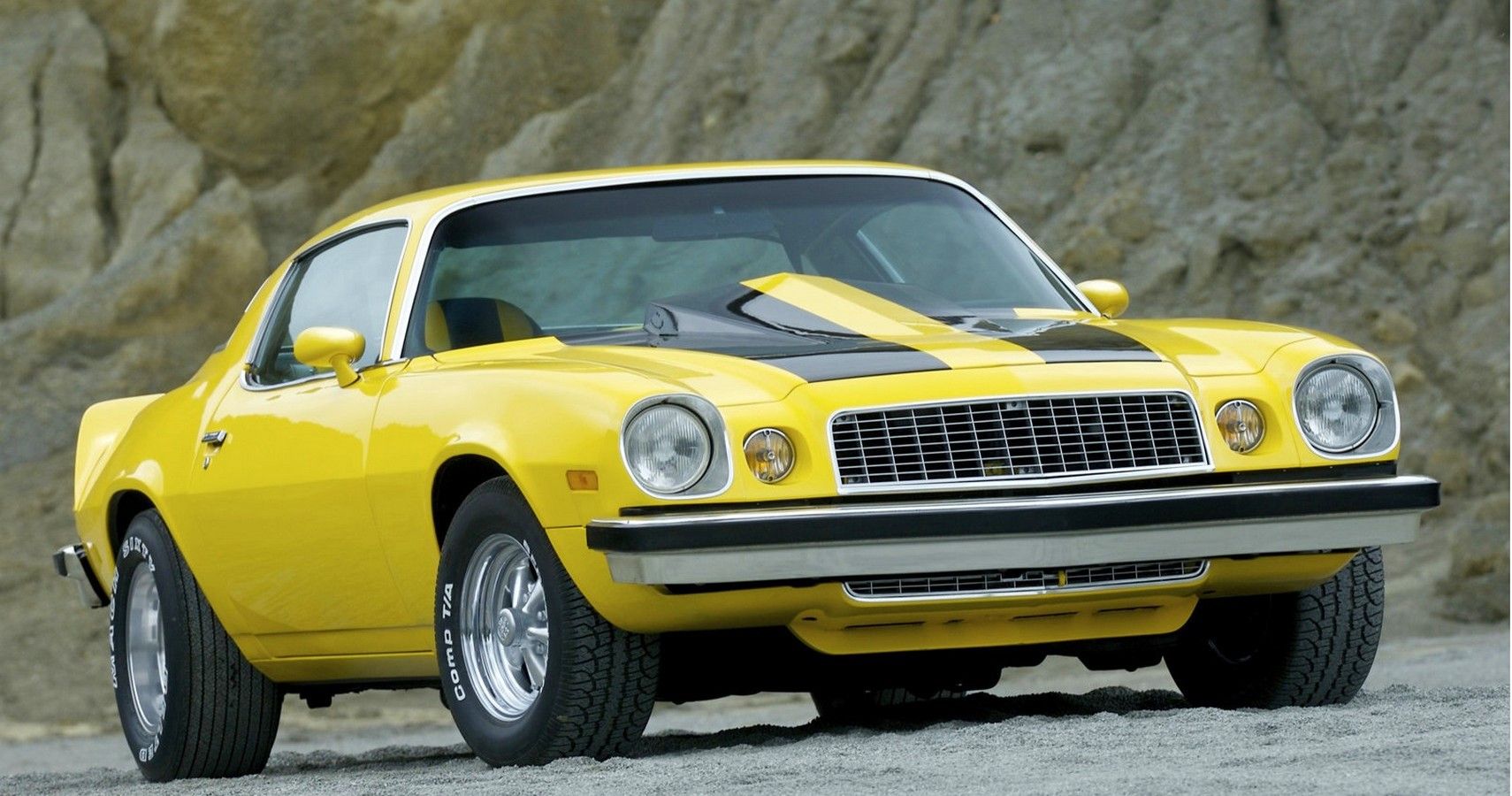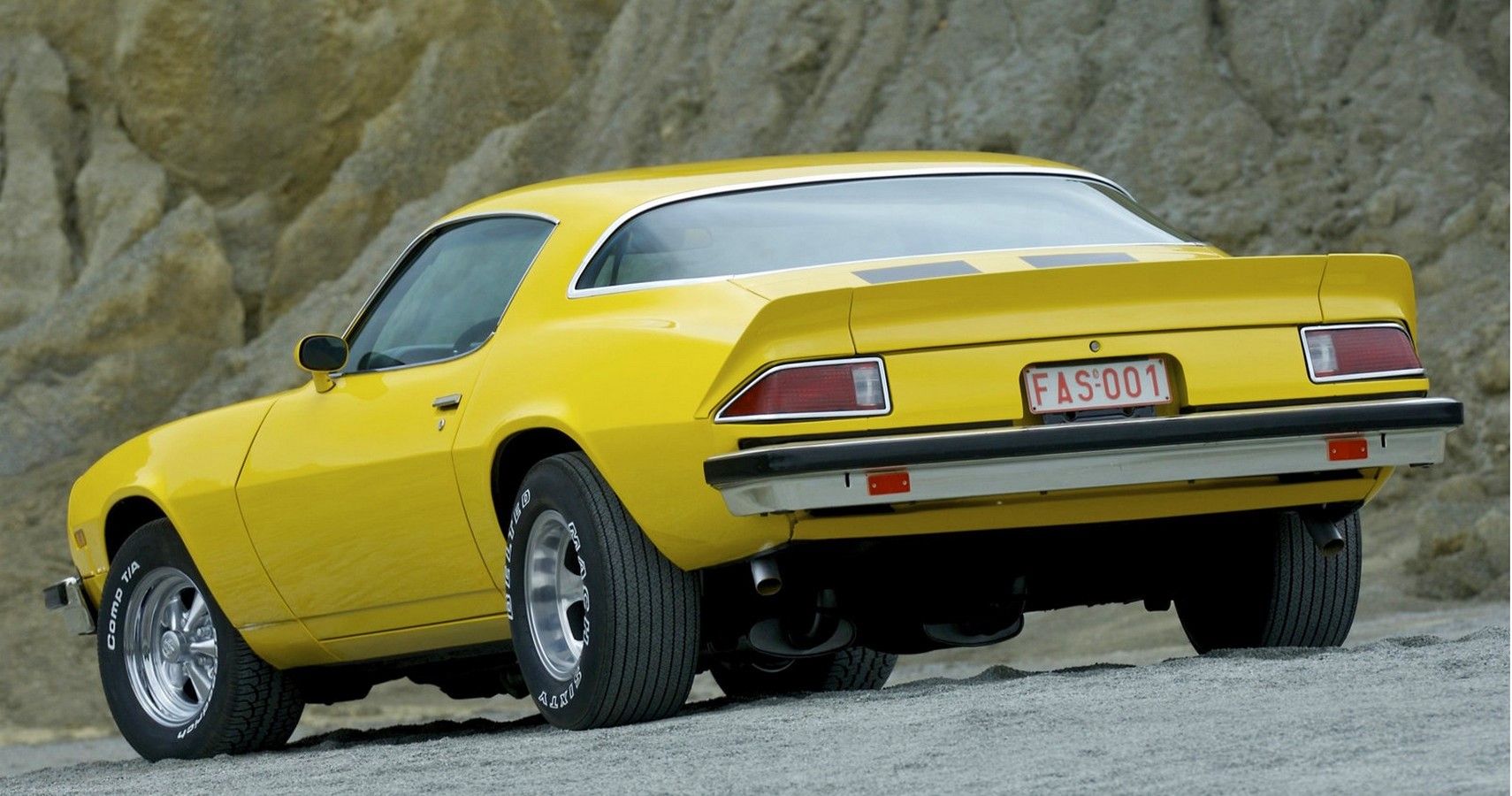For all those gearheads out there that think the Porsche 911 holds the record for the longest production run in history, sorry you are wrong. Taking the current 992 series and trying to swap parts with earlier "911's" won't work.
So which sports car does have the longest production run? Again, some popular answers might spring up covering every model ever to wear the same name. Taking things a little deeper, splitting generations to find which precise model lasted the longest is far more interesting.
10 Chevrolet Corvette C3 (1968-82)
The Corvette is about as American as you can get when it comes to sports cars, spanning eight generations and nearly 70 years. But one model, in particular, stood the test of time more than others, Chevrolet's third-generation Vette hanging on in production for an incredible 15 years.
Launched in 1968 based on the Mako II concept, Corvette with a new sleeker fiberglass body available in both convertible and coupe guise, the latter available with an all-new t-roof configuration. Under the hood, a range of engines to suit every owner, beginning with the lowly 5.3-liter carried over from the earlier C2 through to the insane 7-liter ZR-1 cars.
9 Ford Mustang / Fox Body (1979-93)
Much has been said about Ford's third-generation Mustang, based on the cheaper, shared platform, these "Fox Bodied" cars as they are commonly referred to, receive a lot of criticism for their bland looks and poor performance. All of which doesn't add up against the model's unusually long 15-yea production run.
Adopting the Fox platform did have its benefits, being longer overall, it offers owners greater interior space, but this did fly in the face of what Mustang was all about, performance and value taking priority. Sporting a new body, the Mustang carried over its powertrains for previous cars, at the lower end, 4-cylinder 2.3-liter motors lacked grunt, owners needed to stump up more cash to get a more desirable 4.8-liter V8.
8 Lotus Elise S2 (2001-11)
Britain's best small sports car in decades, the Lotus Elise is a common sight at track days, offering gearheads a reliable daily driver, while at the weekends having one of the finest chassis and power unit combinations to blast around a circuit.
A premature mid-life update in 2001 resulted in a much improved Elise S2, fully compliant with safety regulations the newer model would continue for another 11 years, spawning a series of performance models, all essentially the same externally with tweaks to Toyota's 1.8-liter engines.
7 Ferrari 308 GTB/GTS (1975-85)
Replacing the 246 Dino would never be easy, this being the 70s when every carmaker had taken a wedge-shaped approach, Ferrari however, played it safe with something in between the two. Unveiling the new 308 in 1975, a softer wedge boring cues from earlier models became one of the most recognizable Ferraris of all time.
By modern standards, a simple tubular chassis design fitted with a mid-mounted 3-liter V8 engine provided power across the range with later engine updates adding Bosch fuel injection for better emissions and economy. Despite a couple of odd spin-offs, the 308 carried on until 1985 when Ferrari introduced a revised model under the 328 name.
6 Bugatti Veyron (2005-15)
Hanging around until 2015, the Veyron wasn't a huge seller in terms of numbers built, but rather the huge complexity and associated price tag kept this hypercar in production for so long, even then its replacement carried over all the drivetrain into a new body.
As engineering exercises go, the Veyron is hard to match. From the outset, owners, Volkswagen, wanted the ultimate supercar with numbers previously unheard of in road cars. Seven years after its first appearance, the Veyron finally entered production packing 1001 hp from an 8-liter W16 quad-turbocharged engine that would later power the Bugatti to its record-breaking top speed of 253mph. Over a period of 11 years, just 405 Veyrons (all variants) have been made, Bugatti had moved onto bigger things.
5 Nissan 370Z (2008-21)
Gearheads eagerly awaiting Nissan's 400Z will have to wait a little longer, the Japanese carmaker has recently announced production has been delayed until next year. This means the current 370Z will remain for another year, extending its already impressive production span to 14 years. With any luck, one final edition might just sneak into dealer showrooms before the year is out.
Cosmetic changes aside, little changed from the original, Nissan tweaking the chassis and engine for better performance and handling, only on the inside does anything appear a little dated. Firing up the 370z V6 engine gives a reminder of why naturally aspirated engines are better — no turbo lag, just instant throttle response.
4 Morgan Plus 4 (1950-69)
Old world motoring combined with craftsmanship that would normally be reserved for furniture makers, Morgans original Plus 4 encompasses everything that shouldn't be found in a car. Constructed on a simple box steel chassis with leaf springs all around screams old-fashioned, but once you get to the body, things get a little weird.
Peel away those aluminum panels and you will find hand-shaped timber frames, not exactly the first material car designers would think of. Best to think of Morgan as quirky, the Plus 4 sold in large numbers considering its odd construction. At one point, owners waited years for their new Morgan. Perhaps this explains why it lasted so long, the original soldiering on for 19 years.
3 Jaguar XJ-S (1975-96)
From the achingly beautiful E-type to this unloved sports GT, the XJ-S fought a losing battle from the very beginning. Purists were left to wonder if Jaguar had somehow played a joke on unsuspecting buyers.
Despite its ungainly appearance, Jaguar steadily improved the XJ-S to combat its immense thirst and suspect build quality. More efficient engines followed, reliability improved, and more importantly, a facelift in 1991 made it more desirable. By the time Jaguar called it a day, the XJ-S had been in production for 21 years, longer than any other model in the brand's history.
2 Karmann Ghia (1955-74)
Platform sharing is nothing new, Volkswagen can rightly claim to be one of the earliest success stories, transforming the humble VW Beetle into a sleek two-seater sports car that endured for 20 years.
Combining Italian chic with dependable engineering made the Karmann Ghia popular despite Volkswagen bumping up the price, affordability might have been the brand's key to success earlier, now it was all about style. The only fly in the ointment was the fact that VW's air-cooled flat-four wasn't the most powerful, even the most spirited attempts would struggle to top 90mph.
1 Chevrolet Camaro (1970-81)
Another American icon that has withstood the test of time, the Camaro, like its Corvette sibling, has been with us since the 60s, Chevrolet, it would seem, knows a thing or two about performance cars.
Chevrolet's first attempt was undeniably a rush job to compete with Ford's Mustang, the second-generation Camaro was a better car in every area. Launched in 1970, the Camaro looked like nothing else at the time, with more of a muscular appearance backed up with 350hp motors under the hood. Over the next 11 years, the basic floorplan remained the same, the Camaro growing a couple of inches wider towards the end of its life.

